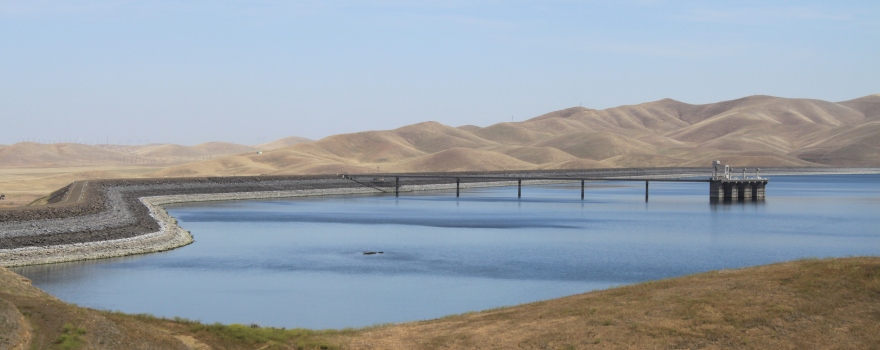How Can Applicants Maximize Their Demonstrated Public Benefits?
Guest commentary by Robert Shibatani
California voters passed Proposition 1, the Water Bond (Assembly Bill 1471), on November 4, 2014. The measure enacts the Water Quality, Supply, and Infrastructure Improvement Act of 2014. Proposition 1 (Prop. 1) dedicated $2.7 billion for investment in derived public benefits related to the development of new water storage projects in California.
Since its passing, the California Water Commission (Commission) has been investigating how best to identify, evaluate, and quantify, the public benefits to be derived from these pending new water storage projects. Significant work has been undertaken and notable progress has been made. Final guidance will be provided through new regulations under the pending California Code of Regulations, Title 23, Waters, Division 7, California Water Commission. Chapter 1. Water Storage Investment Program.
Commission staff have been diligent in reviewing comments, working with their own experts, agency staff, public trust agency staff, as well as external experts, in promoting an open, transparent, and fully documented regulation development process. To this, the Commission is to be commended. The issues, however, are complex, not so much in their technical scope, but rather in how the Commission ultimately sets up the inter-comparative framework for evaluation and the environmental baselines that will serve as the boundary conditions to ensure equitability in public benefit verification. How the Commission is ultimately judged to have effectively met this key provision of Prop. 1, will largely be based on how its Regulations fully capture the requirements necessary to support a fair, equitable, and technically sound screening and evaluation process.
Last month, the Commission provided notice that it is accepting concept papers from applicants, agencies, and the public related to new water storage projects under their Water Storage Investment Program (WSIP). Intended to summarize potential water storage projects and their public benefits, these concept papers will provide helpful insight to both the Commission and potential project proponents. The opportunity to inspect the range of projects being considered, their geographic distribution, the types of allowable public benefits being proposed, various analytical methodologies, among other key attributes, are to be provided. The concept papers will be made public, so project proponents will be able to identify potential regional partners or possible conflicts with other projects. Project proponents will also be able to identify potential eligibility issues early and assess the likely competitiveness of their projects. At this stage of the process, the concept papers will also allow Commission staff to assess the number and scope of potential projects that may apply for WSIP funding to determine how to best assist applicants through the application process. More importantly, it will allow for the identification of any critical issues requiring immediate attention. It is anticipated that Commission staff will also be able to refine and adjust the application review timeline for the WSIP based on progress status information provided in the concept papers.
Continue reading here: California Water Commission Regulations on New Water Storage:A Fair and Equitable Review Process?
 Sign up for daily email service and you’ll never miss a post!
Sign up for daily email service and you’ll never miss a post!
Sign up for daily emails and get all the Notebook’s aggregated and original water news content delivered to your email box by 9AM. Breaking news alerts, too. Sign me up!


